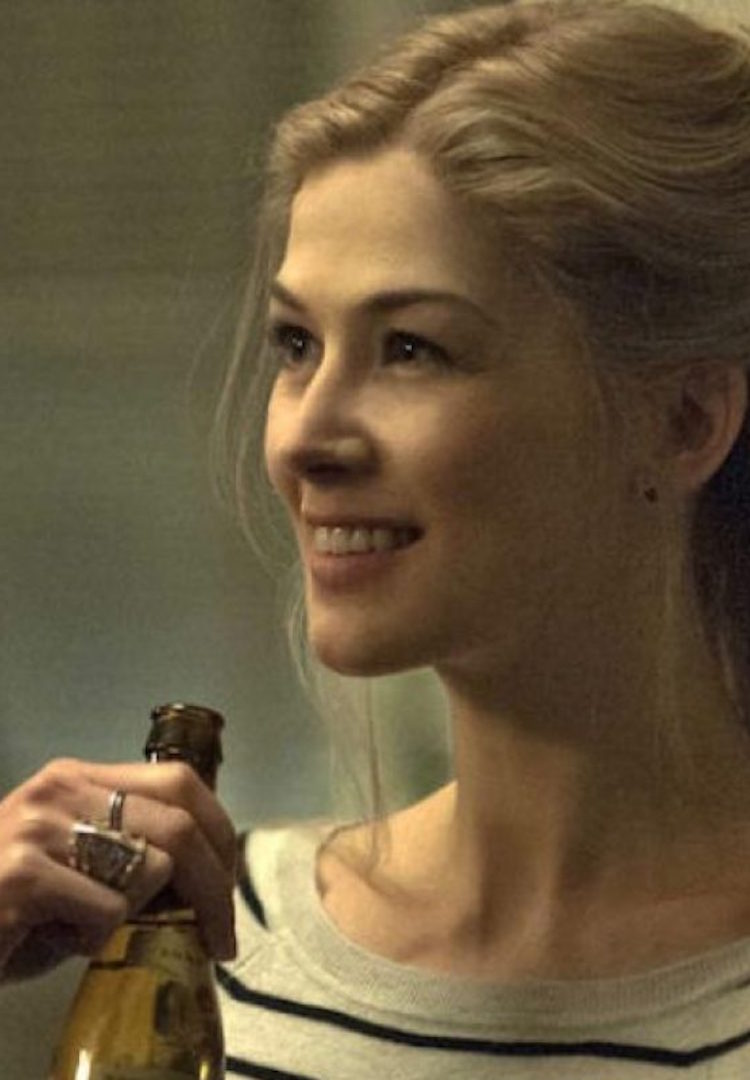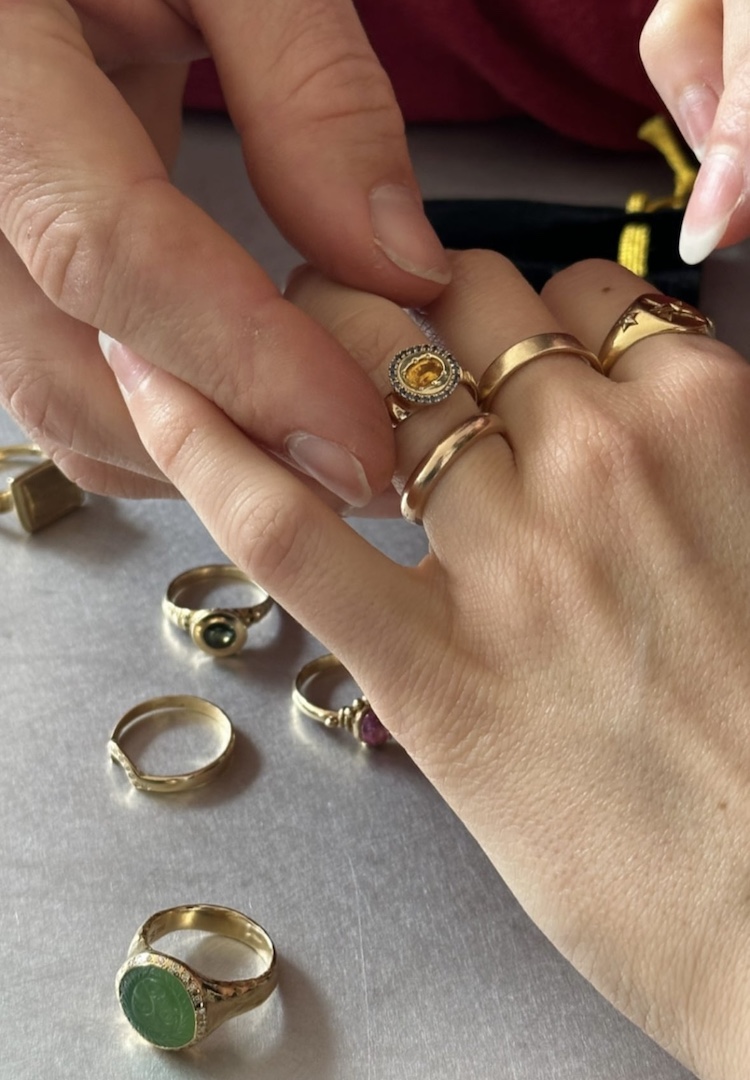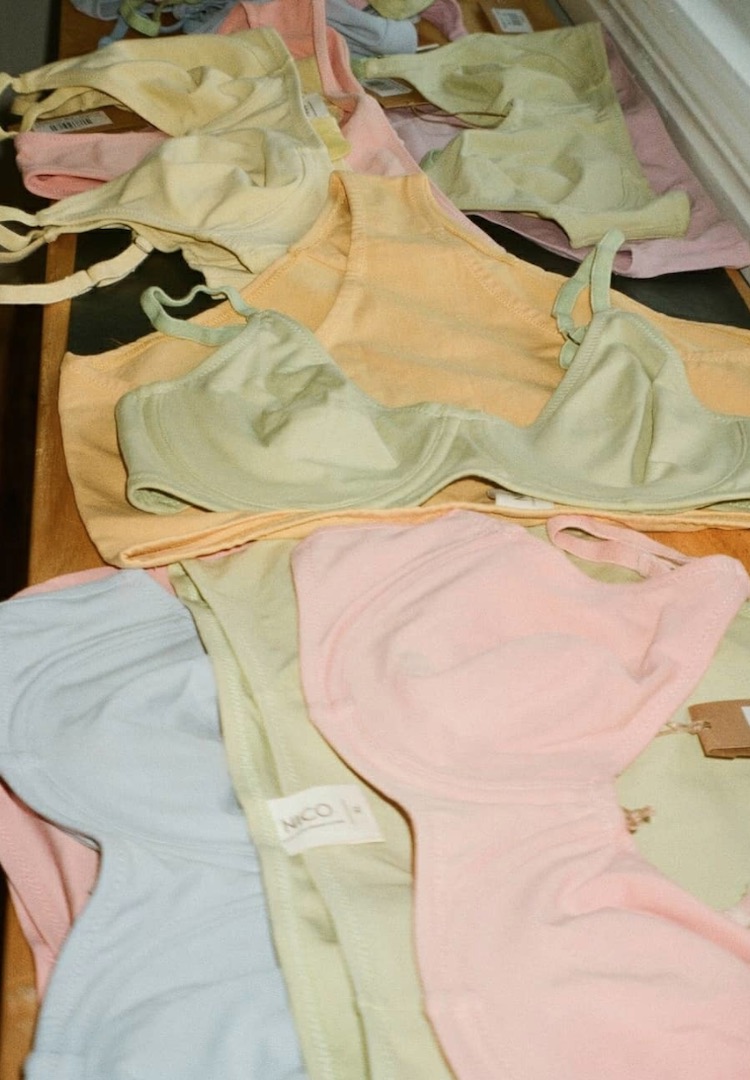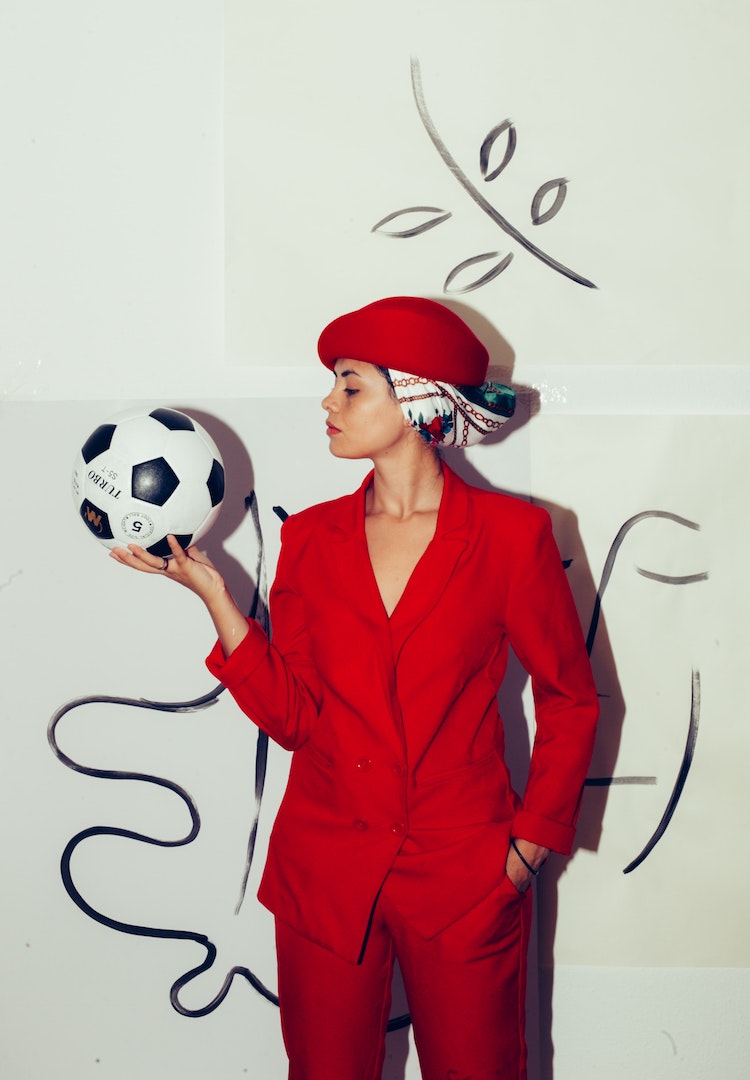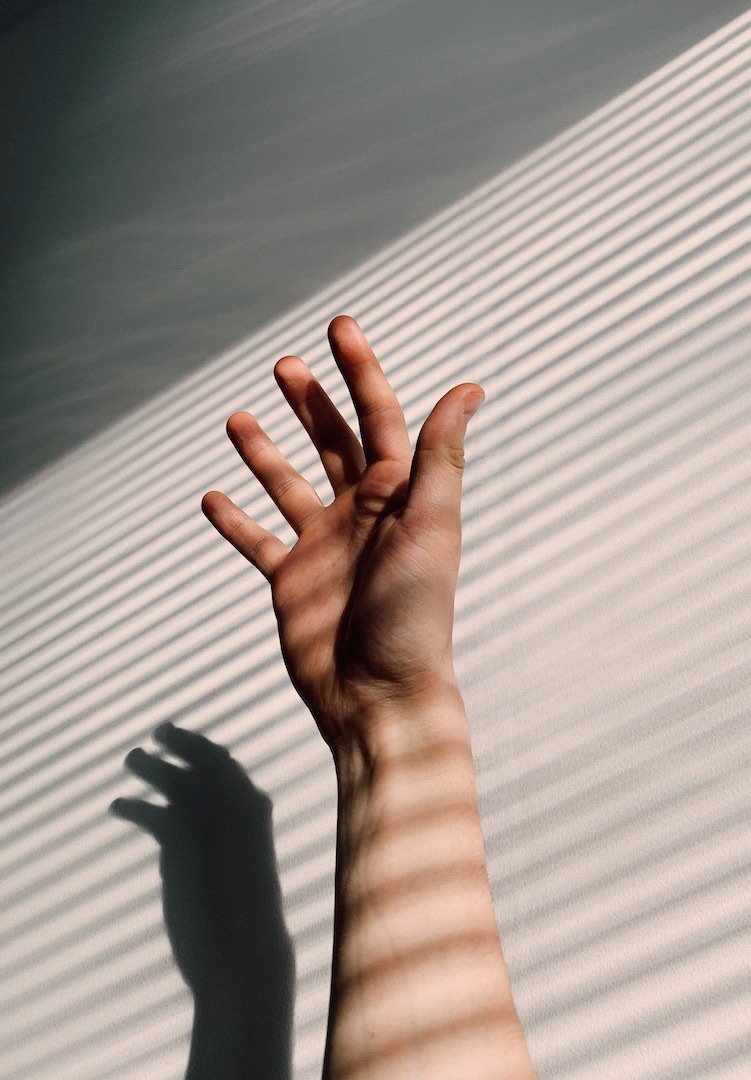Why I don’t want to be ‘chill’ anymore
Words by Rachael Akhidenor
How the Cool Girl ideal has survived the rise of feminism.
I remember the first time I heard it.
How cool is she? She’s so chill.
It was used as a compliment. The epitome of the girl that garnered romantic male attention. I say ‘girl’ intentionally, because the idea itself is childish. A grown-up should never want a woman of this ilk. A teenager admires someone who is chill and cool and subservient. An adult admires a woman who is strong, defiant and unapologetically herself. But more on that later.
The word ‘chill’ punctured my 13-year-old brain with force. Images of the boys at school drooling over the elusive Cool Girl in our social group were seared into my brain.
She was beautiful. Perhaps more beautiful because she was so unaware of how stunning she was (a key factor of misogyny popularised by One Direction’s catchy but tone-deaf ‘You Don’t Know You’re Beautiful’). She was fun, always up for a good time. She laughed and played sport and drank beer and told jokes that made her ‘one of the boys’. She never complained or nagged or was self-conscious. She didn’t give a shit.
She was chill and submissive; she was hot and indifferent.
It was at this time that I learnt that in order to capture the male gaze, I had to accommodate. I had to be submissive and agreeable, too. I was expected to laugh at all their jokes even if I didn’t find them funny. And more importantly, I was to never, ever appear disgruntled or frustrated by something they did. Because to speak my mind and air my grievances would brand me as ‘high maintenance’ and ‘too demanding’ – the antithesis of the Cool Girl.
A woman’s damaging obsession with being Cool is not her fault. It is, as writer and activist Yasmin Nair asserts, a by-product of our society. The Cool Girl trope has insidiously permeated all elements of modern-day culture, and it’s often so subtle that we’re blind to it without intense scrutiny. Despite the rise of feminism, the Cool Girl still reigns supreme.
We have the patriarchy to thank for this. In a world where males were sovereign and females were secondary, it was undesirable – nay, abhorrent – for a woman to stand her ground and speak her mind. A woman was to stay disempowered. She was to be subservient to her husband. She had no rights, no money, no property. It was just the way the world worked.
As feminism rose, the moniker of this Cool, Chill Girl remained a fixture of Hollywood and mainstream consciousness. Her loud, goofy, sarcastic boyishness flouted conventional feminine decorum in a mirage of radicalism. It’s Jennifer Lawrence and Olivia Wilde, Emma Stone and Hailey Baldwin. These Cool Girls of today drink beer and watch football; they speak candidly about loving burgers and fries. And they do this all the while remaining thin, fun, white and hauntingly beautiful.
There is, however, something peculiar about the Cool Girls of today. A change that is instrumental in the evolution of women and gender equality. That is, these Cool Girls have a voice and they’re not afraid to use it. Mainstream culture now perceives it as Cool to go to protests and Women’s Rallies (Em Rata, I see you). In 2020, it’s Cool to be political (Chrissy Teigen, I see you, too).
To what do we owe this change? The #MeToo movement is an obvious source. Greater awareness as to our unconscious beliefs around being Cool also helped. A sentence in Gillian Flynn’s Gone Girl articles it best:
“Cool Girls never get angry; they only smile in a chagrined, loving manner and let their men do whatever they want.”
Seething and poignant, those words created an unprecedented wave of revelation around the absurdity of the Cool Girl trope.
While we are beginning to see changes in a macro sense, the all elusive ‘chill’ factor remains prevalent on a micro level. There is still much work to be done. It will take more women, standing in their power and saying what they believe to create real change. It will require us to not care if men brand us as ‘demanding’ for asserting our boundaries or deem our passion and emotions as ‘too much’.
It will require others to alter their perceptions as well. This can begin through deconstructing why passivity is deemed attractive. Is it because the traditional male ego feels threatened? Does the alternative make it feel insecure? Perhaps, men haven’t even realised where this attraction comes from. Perhaps, they don’t recognise the damaging ways in which the word ‘chill’ keeps women small, servile and dutiful.
There will be people who read this and don’t believe there is a problem. They’re the ones who’ll say, “Some girls are really just chill”. That’s okay, there is still a lot of work to be done to unwind these stereotypes.
I am of the belief that we all have opinions, thoughts and feelings. Some simply are more fearless to speak out than others. After all, as author Glennon Melton Doyle in her memoir, Love Warrior writes, “No woman on earth doesn’t give a fuck—no woman is that cool—she’s just hidden her fire. Likely, it’s burning her up.”


